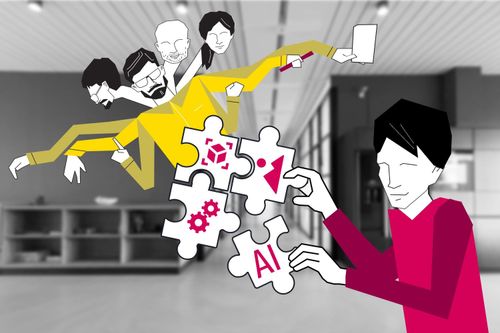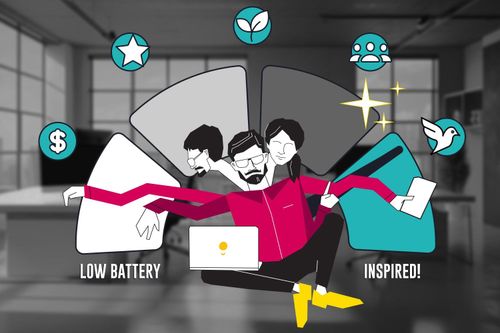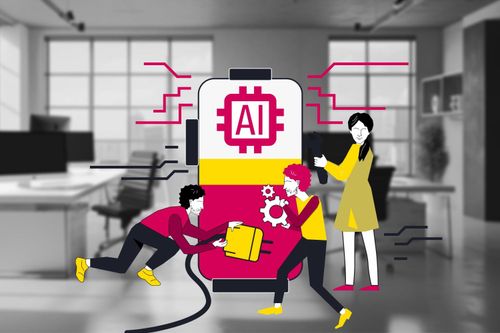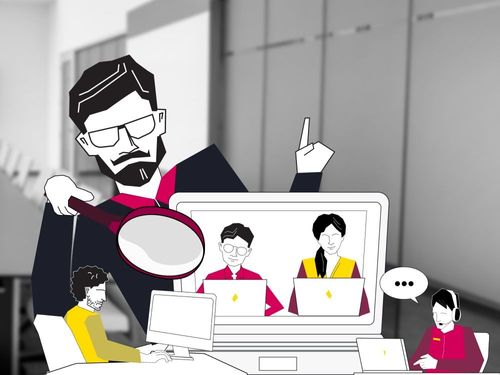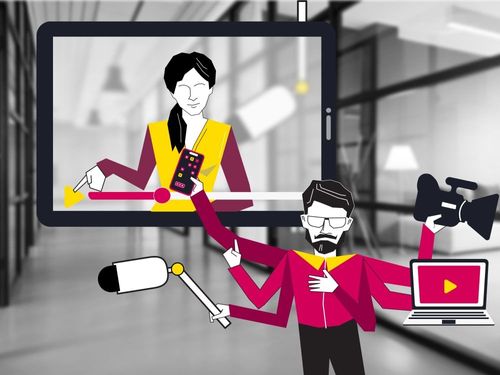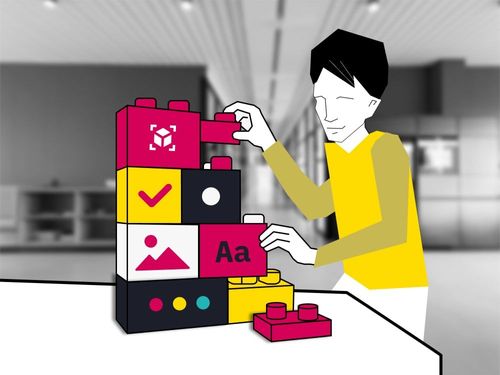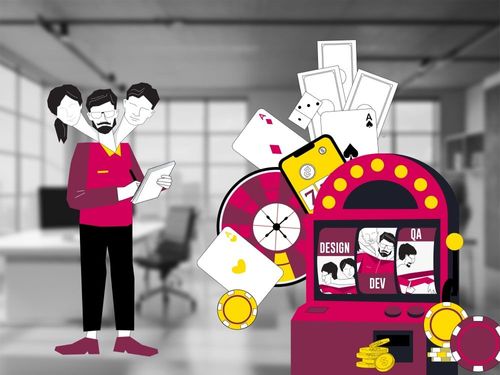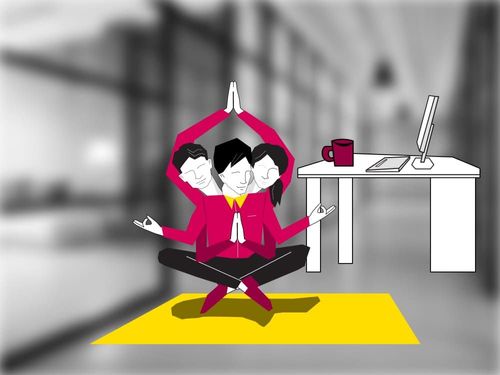
Compared with games, reality is hard to get into. Games motivate us to do things that matter. They help us get better at something that matters. And they give us better social relationships in the process.
Jane McGonigal “Reality Is Broken”
As a CEO, I’m constantly looking into three things: performance, motivation, and team engagement. When I heard the word “gamification”, my inner skeptic rolled eyes. Giving out badges for tasks? For senior devs?
Yet, there was no harm in giving it a try, I thought. So, we do it in Smartexe mobile development team. No buzzwords, no fancy launch. Just a small experiment to check if game mechanics could do more than decorate a Jira board.
Here's what I learned through trial, error, and a deeper dive into what gamification actually is.
What is Gamification?
In simple terms, gamification means adding game-like elements such as points, leaderboards, and rewards into the daily workflow. The idea? To reframe a work process: make the goal visible, progress tangible, and tasks more engaging.
Gamification is the craft of deriving all the fun and addicting elements found in games and applying them to real-world or productive activities.
— Yu-kai Chou
Real-Life Applications of Gamification
1. Boosting Motivation Using Rewards
Awarding points or badges gives a feel of fun and competition. Platforms like Kahoot!, Trello (with its gamification Power-Up), or Bunchball Nitro facilitate the implementation of point systems and leaderboards. It will be effective in cases where the task is repetitive or where additional motivation is required to keep the team engaged.
You can create a point-based system, that allows teammates to trade them in for cool stuff — think branded swag, a Spotify sub, maybe an extra day off. Yet, the approach may not appeal to all developers. Senior engineers with strong intrinsic motivation found it mildly amusing at best. “Let me code, not collect coins,” was the vibe.
The key insight? Rewards weren’t the motivator. Progress visibility was.
People are not motivated by what they can do. They are motivated by why they are doing it and how they feel while doing it.
— Yu-kai Chou
2. Leveling Up Collaboration with Team Challenges
Gamification can encourage better cooperation by establishing team challenges. Tools like Quizlet and Slack (with its integration for quizzes and challenges) assist in delivering team-based contests. This method can be particularly effective for projects requiring close cooperation and communication.
At Smartexe, we have had some success with competitive games and activities to build team spirit and foster a healthy competitive environment. We made sure not to rank individuals publicly unless teams asked for it. We focused on collective achievement, not competition for the sake of it.
[Check How competitive sports can be a powerful tool for team building and how to encourage sports at the workplace.]
3. Supporting Growth with Progress Tracking
This is where gamification shines. A real-time leaderboard for sprint, for instance, can provide visibility and recognition, motivating everyone to perform at their best.
Once more, it's crucial to ensure that these systems are perceived as fair and meaningful, otherwise, they might lead to disengagement or even resentment among team members.
Implementing Gamification: A Cautious Approach
Gamification is not just about making something fun. It’s about making something meaningful and engaging. If you're considering gamification, start small. Take it to a specific project or team and ask for feedback so that you will understand what works and what does not. Tweak the changes based on the feedback before scaling up. Keep in mind, gamification can easily become a distraction or even backfire.
Gamification won’t magically fix a disengaged team or turn devs into unicorns. It has its place and can be beneficial in certain circumstances, particularly in scenarios where additional motivation and engagement are needed. But it should be approached with a balanced view and being open to iterating on the feedback from the team.
At Smartexe, we’re still experimenting. Still adjusting. And still having conversations around what drives performance.
Here’s our approach at Smartexe:
- Start small. One team, one feature.
- Measure what matters. Motivation, not clicks.
- Iterate fast. Talk to your devs.
- Don’t overdo it. Fun ≠ forced fun.
If you'd like to observe what we're up to or need to upscale your tech team, please reach us.
Like this article? Follow me and Smartexe for more original content and insights on enhancing team performance and productivity.

